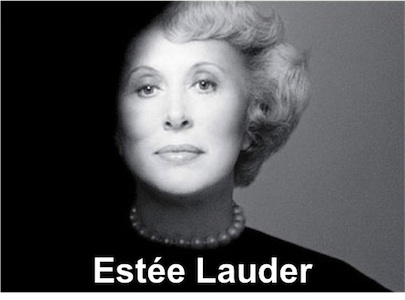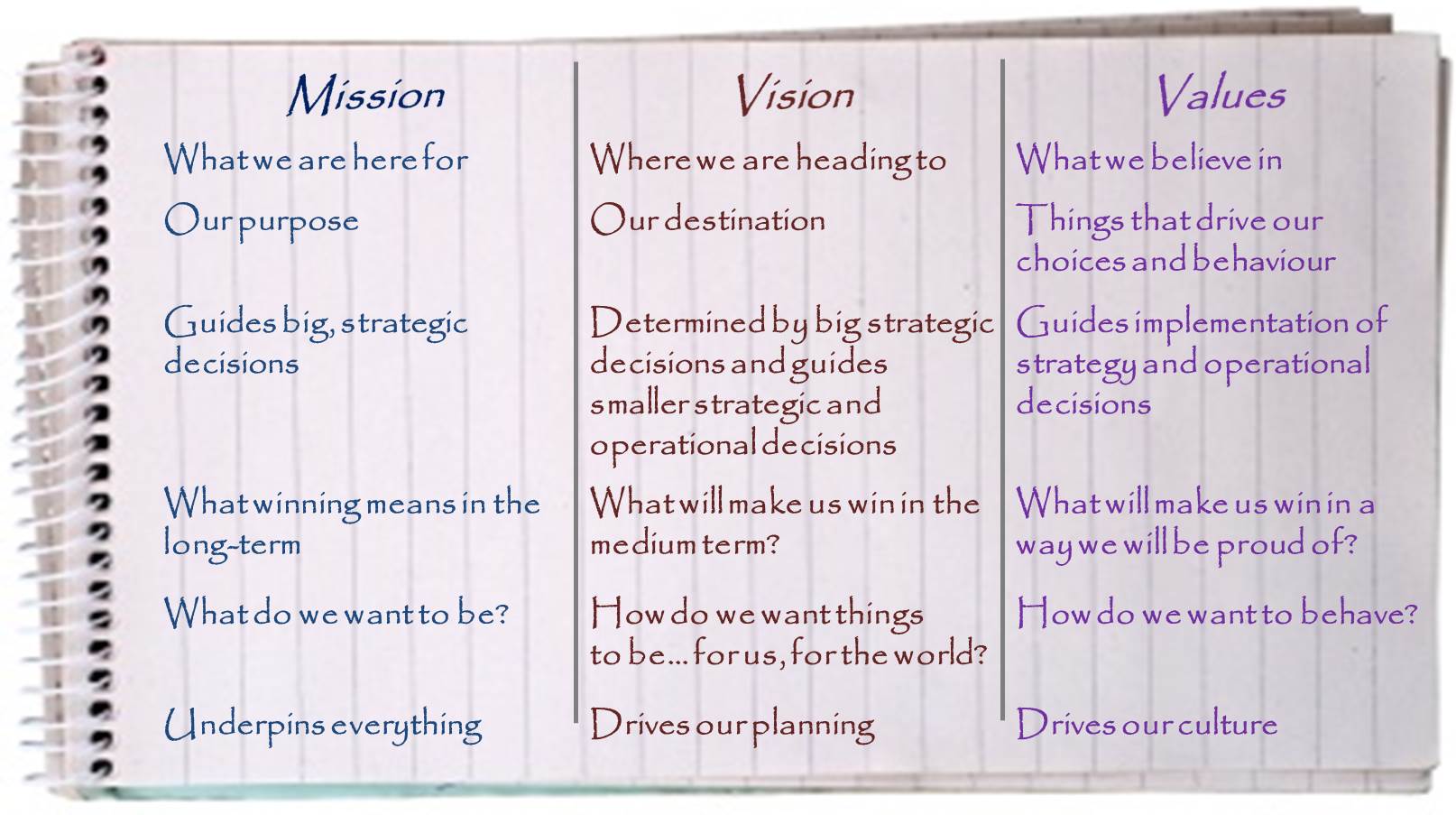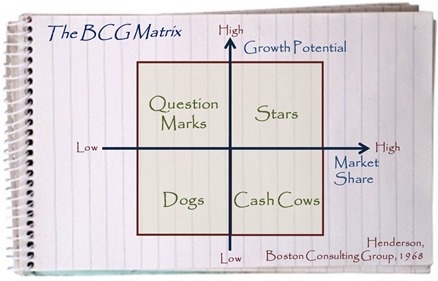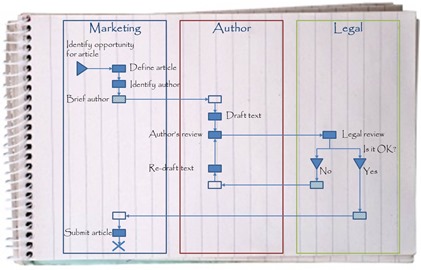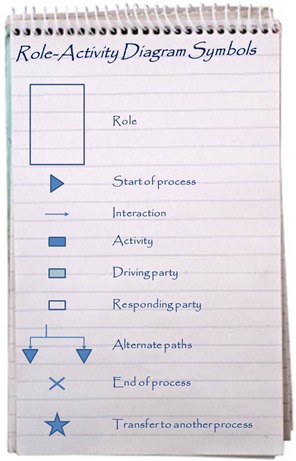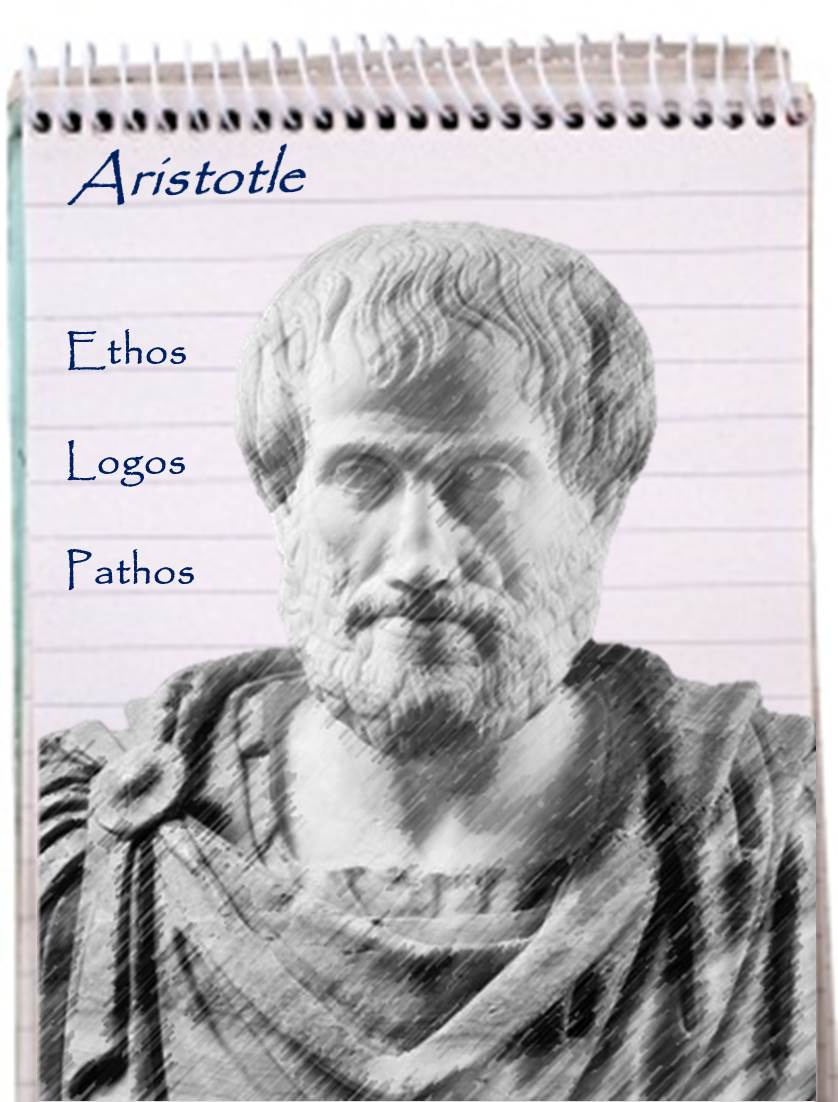The internet has changed the old pre-1990 world of marketing and advertising. It has thrown up new rules, new tools and new gurus. One of the very first to spot that this would happen, and then to study strategy and tactics, was Seth Godin. A serial entrepreneur and opinion former, Seth Godin is far better known among entrepreneurs, small business owners and freelancers than among the marketing managers of larger corporations. but he has worked hard to keep his analysis fresh and relevant, and there is much that any manager can learn from him.
Short Biography
Seth Godin was born, grew up and continues to live and work in New York State. Born in 1960, he read computer science and philosophy at Tufts University and then did an MBA in marketing at Stanford Graduate School of Business. He then went to work at educational software business, Spinnaker Software, as a brand manager.
He started his first business, in book packaging, after leaving Spinnaker in 1986, but real success came in 1995, when he and business partner Mark Hurst started a marketing company called Yoyodyne. Godin is an avid reader and Yoyodyne was possibly named after a fictional defence contractor in Thomas Pynchon’s novels.
Yoyodyne used the concept of ‘Permission Marketing’. This is a term Godin claims to have coined with his book of the same name, published in 1999. The idea behind this is that we, the targets of marketing, give our permission for the marketer to send us their messages. In the case of Yoyodyne, it gained permission on behalf of its clients, by offering their prospects games and contests. With a blue-chip customer base, Godin sold the business in 1998 to Yahoo!, becoming Yahoo!’s VP for Direct Marketing. He only stayed for two years, which suggests that this was a tie-in period, before setting out on his own again.
Multiple ventures have followed: ChangeThis (an idea dissemination platform – sold in 2005), Squidoo (a web microsite platform sold in 2014), The Domino Project (a book publishing venture that published one book per month in 2011 – four have been reprinted by Portfolio/Penguin in 2015).
In amongst this, Godin has been a prolific author and a successful speaker. He largely promotes his own events based on a massive following for his daily blog posts. This gives him a massive permission marketing base for his books, events, courses and any other venture he is drawn to.
Seven Big Ideas
We can track Godin’s ideas through his books (currently over 20, I think). Let’s take a look at a few that will appeal to a range of managers and professionals.
Permission Marketing (1999) and All Marketers are Liars (2004)
Don’t force your message on your audience – create a demand from your audience to hear your message. And then, when they come to you, don’t tell them about your product, tell them stories.
Purple Cow (2002)
The key is differentiation. Without it you won’t stand out and marketing will fail. You need to abandon product, place, price, and promotion in favour of p for phenomenal or, as Godin puts it: p for Purple Cow.
The Dip (2007)
Doing things really well is hard. You make a lot of progress at the start of your learning journey and then slow down. This is the Dip. If you take on too much, you won’t have the time or attention to escape the dip on anything. True success means quitting on most things so you can succeed on a few.
Tribes: We need you to lead us (2008)
Market by leading. Find like-minded people who believe in what you are doing and lead them. Create products or services that they want, and they will crave what you offer. The ultimate in permission marketing. See an earlier Pocketblog about Godin’s Tribes concept.
Linchpin: Are You Indispensable? (2010)
Market yourself by becoming essential to your organisation or your tribe. Do this with creativity and by doing the most valuable work that you can. This is a manifesto for personal success, rather than the success of your product.
We are all Weird (2011)
Everyone is different and the internet allows us to make for and market to the long tail – small communities who would have been too small to build a career or product on before the internet allowed us to address the world.
The Icarus Deception (2012)
Playing it safe is not a safe strategy. Success means taking risks and being exceptional. Be creative and do the best work you possibly can.
Seth Godin at TED
Seth Godin has spoken twice at TED, in 2003 and in 2009.
[ted id=28]
[ted id=538]


